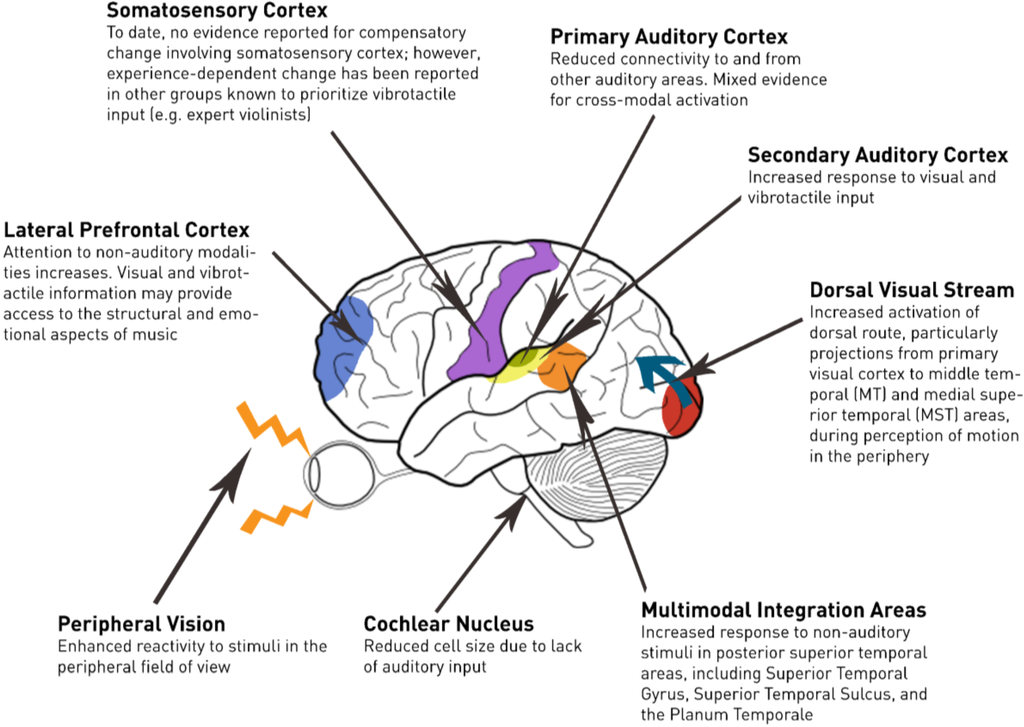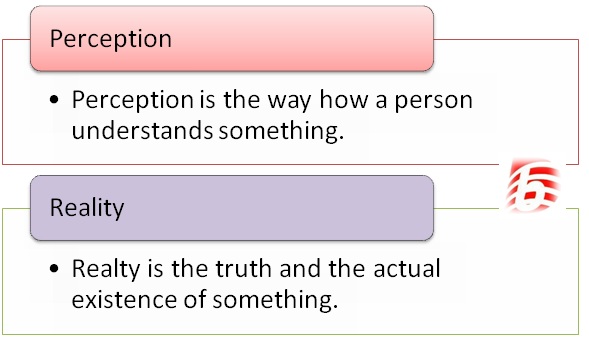
PERCEPTION DEFINITION ENGLISH PC
Pharmacists have played a pivotal role in providing medicine-related services and PC in many countries 15, 16, 17, 18. PC provision is important to mitigate the COVID-19 pandemic as well 14, 15.

Many studies globally have reported improved health outcomes, reduced economic burden, and rational medication use through the provision of PC in patients with various disease conditions such as diabetes 11, cardiovascular diseases 12, and chronic respiratory diseases 13. Major objectives of PC include identifying and mitigating pharmacotherapy-related problems by pharmacists in collaboration with other healthcare providers (e.g., clinicians, nurses) 10. PC helps prevent disease complications through early identification, detection, and prevention of medicine-related problems, improves patient medication adherence, achieves therapeutic objectives, and makes the public aware of healthy lifestyle choices 9. Pharmaceutical Care Network Europe (PCNE, 2013) defines PC as “ the pharmacist’s contribution to care of individuals in order to optimize medicines use and improve health outcomes” 8. Pharmaceutical Care (PC), as defined by Hepler and Strand (1990), “ is the responsible provision of drug therapy for the purpose of achieving definite outcomes that improve a patient’s quality of life that involves the process through which a pharmacist co-operates with a patient and other professionals in designing, implementing and monitoring a therapeutic plan that will produce specific therapeutic outcomes for the patient” 7. This can be achieved to a larger extent by providing pharmaceutical care. Therefore, rational use of medicines and medication error prevention is a pressing need to reduce the health-related financial burden and preserve and promote HRQoL.

Medicine-related errors eventually affect the quality of medical care and worsen the health-related quality of life (HRQoL) (increased morbidity and mortality rate), economy, and life expectancy 4, 5, 6. Medicine-related errors are common in Nepal while providing these services 1, 2, 3. Medicines are an important part of healthcare services provided to the users by a team of healthcare professionals, including doctors, pharmacists, nurses, and others. Similar studies may be considered in community pharmacies. Further studies, especially in the eastern and western provinces, are required. Significant barriers were identified in providing PC. However, PC was not commonly practised in hospital pharmacies. Hospital pharmacists who participated had a positive perception and practice providing PC. A correlation was noted between certain perceptions and practice-related constructs.

Participants agreed that there were significant barriers to providing PC, including lack of support from other professionals, lack of demand from patients, absence of guidelines, inadequate training, lack of skills in communication, lack of compensation, problems with access to the patient medical record, lack of remuneration, and problems with accessing objective medicine information sources. The perception scores were higher among those with more work experience and the practice scores among those who had received PC training. Majority of the participants were male, between 22 and 31 years of age, and had work experience between 10 and 20 years. A total of 144 pharmacists participated in the study. The scores were also compared among subgroups of respondents using the Mann–Whitney test for subgroups with two categories and Kruskal–Wallis test for greater than two categories. Kendall’s correlation was used to explore the correlations among various perception and practice constructs. Descriptive statistics were used to describe the data. The questionnaire in English addressed perception and practice regarding PC, and barriers encountered and were validated by experts and pre-tested among 23 pharmacists. A descriptive online cross-sectional study was conducted from 25th March to 25th October 2021 among pharmacists with a bachelor’s degree and above working in hospital pharmacies using non-probability quota sampling. Therefore, the present study was done to determine the situation of PC in hospital pharmacies and explore the perception, practice, and barriers (and their determinants) encountered by hospital pharmacists while providing PC. However, PC services are not commonly provided in hospital pharmacies in Nepal.

It can detect medication-related problems and improve patient medication adherence. Pharmaceutical care (PC) services reduce medication errors, improve the use of medicines, and optimize the cost of treatment.


 0 kommentar(er)
0 kommentar(er)
